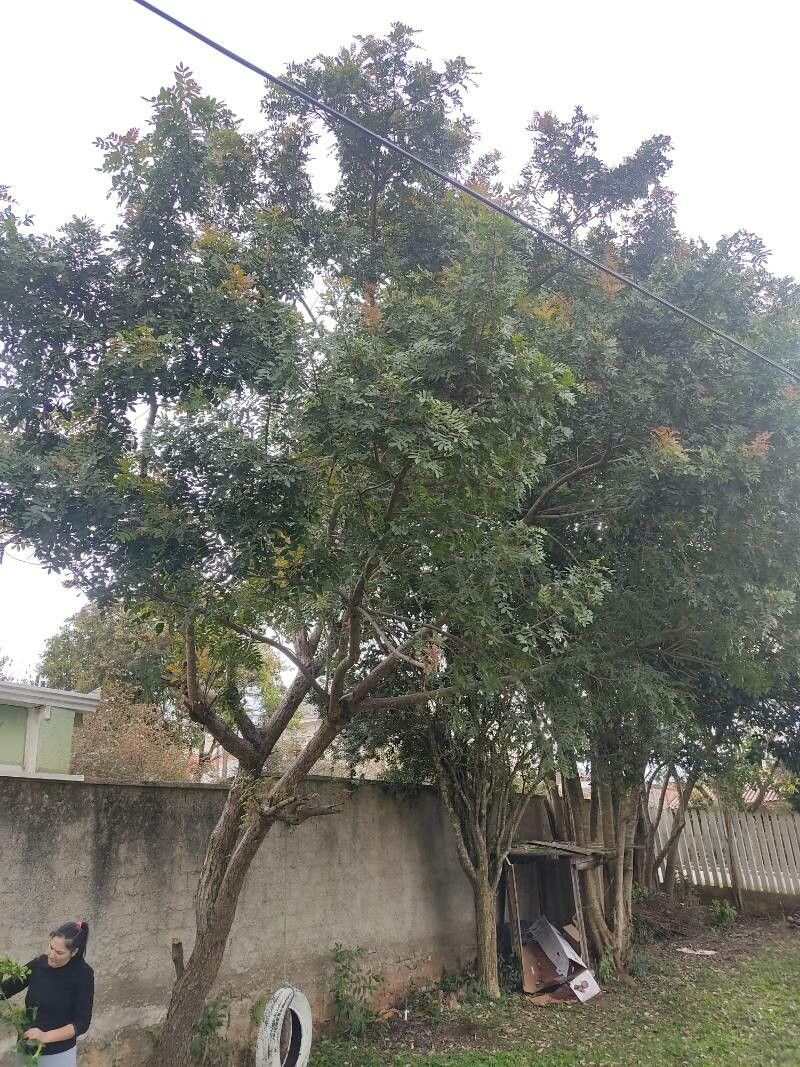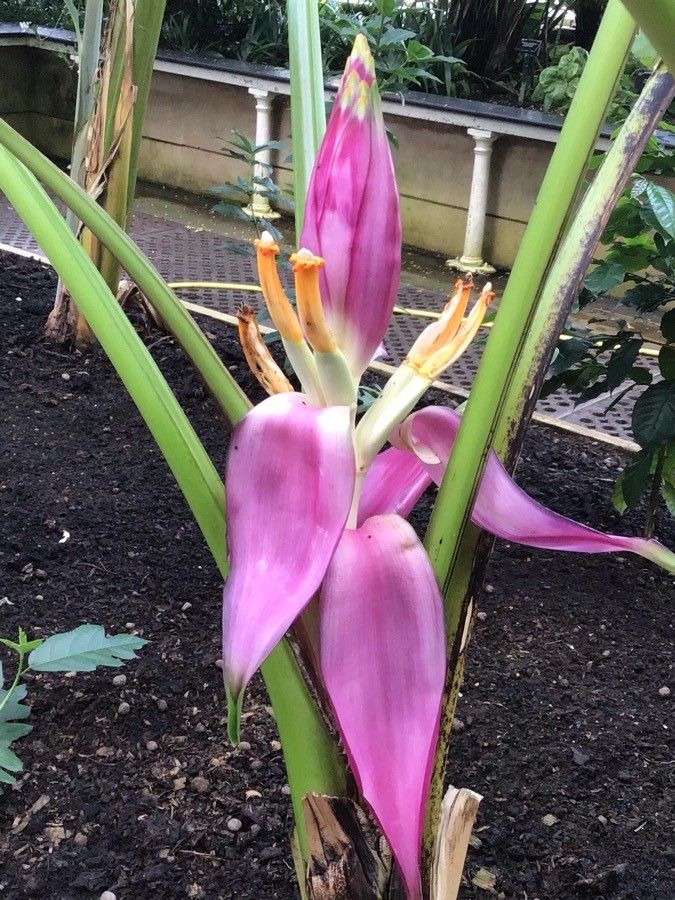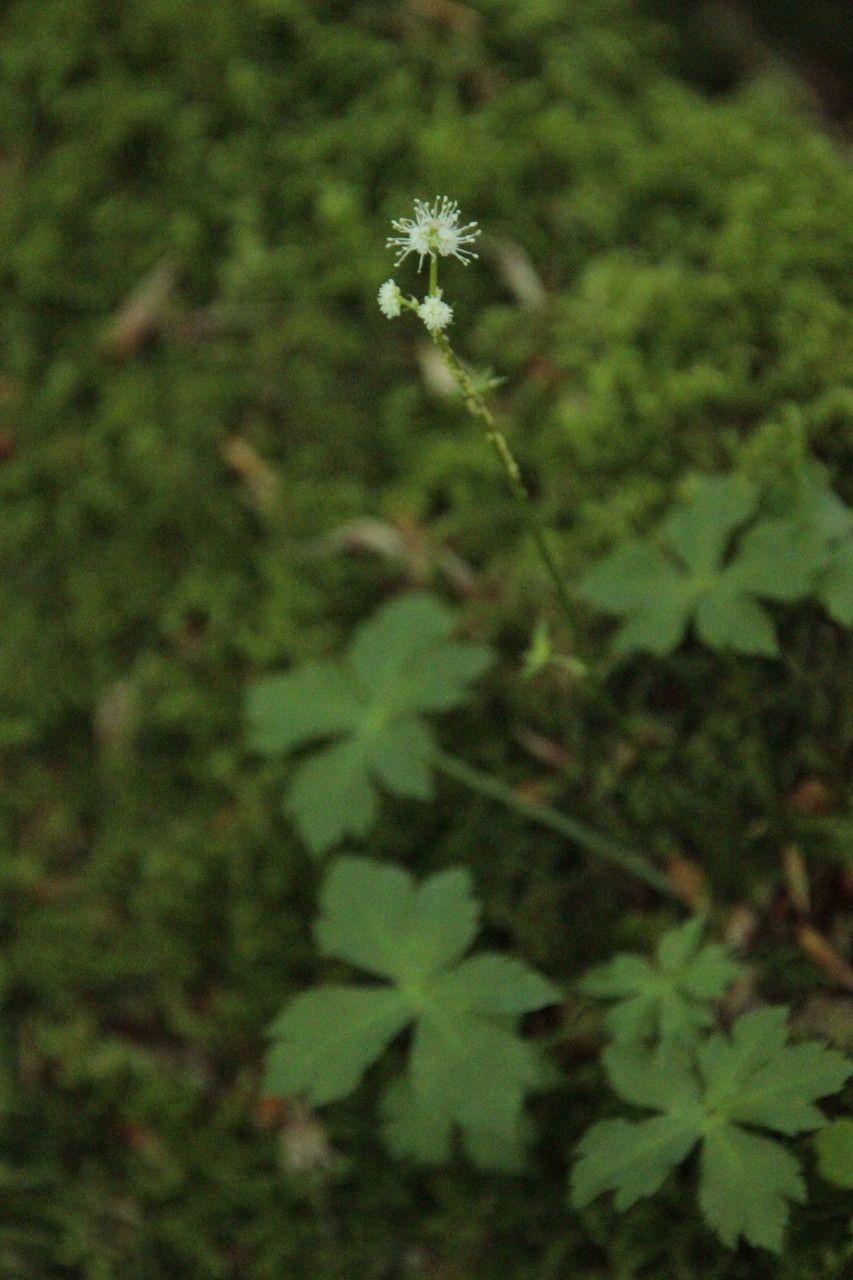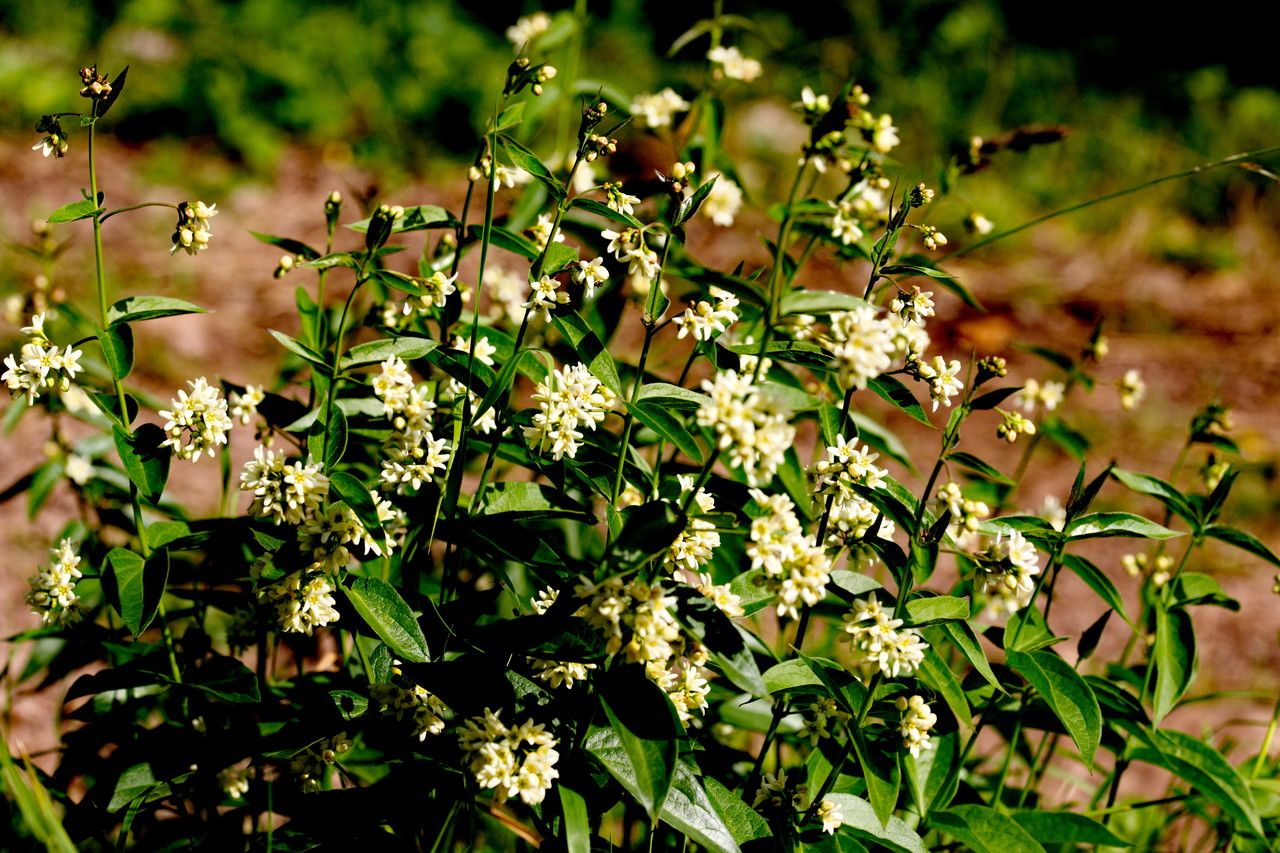## Brazilian Peppertree: A Double-Edged Sword of Beauty and Invasion
The Brazilian Peppertree ( *Schinus terebinthifolius* ), a member of the Anacardiaceae family (which also includes mangoes and cashews), is a captivating plant with vibrant pink berries and dense foliage. However, its alluring beauty masks a darker side: its invasive nature poses a significant threat to native ecosystems worldwide.
### Habitat and Growth
Native to South America, particularly Brazil, Argentina, and Paraguay, the Brazilian Peppertree has naturalized in various regions, including Florida, California, Australia, and parts of the Mediterranean. It thrives in a wide range of conditions, tolerating both full sun and partial shade, as well as various soil types. Its adaptability is a key factor contributing to its invasive success. It can quickly establish itself in disturbed areas, including roadsides, abandoned fields, and even coastal dunes.
### Identification
Identifying a Brazilian Peppertree is relatively straightforward. Look for its characteristic:
* **Dense foliage:** The tree has dense, almost feathery foliage composed of small, alternate leaves.
* **Pink berries:** Abundant clusters of small, pink to reddish berries are a hallmark feature, particularly noticeable in autumn and winter.
* **Bark:** The bark is grayish-brown and relatively smooth on younger trees, becoming rough and fissured with age.
* **Growth habit:** It can grow into a large shrub or a small tree, often reaching heights of 20-30 feet, though it can grow taller under ideal conditions.
### Ecological Impact
The invasive nature of the Brazilian Peppertree poses significant challenges to native biodiversity. Its rapid growth and dense canopy outcompete native plants for sunlight, water, and nutrients. The dense root systems can alter soil composition and water infiltration. Its berries, while visually appealing, are not a significant food source for native wildlife, leading to a disruption of the food web. The allelopathic nature of the plant—it releases chemicals that inhibit the growth of other plants—further exacerbates its invasive tendencies.
### Management and Control
Controlling the spread of Brazilian Peppertree requires a multifaceted approach. Methods vary depending on the scale of the infestation:
* **Herbicides:** Chemical control using herbicides is often effective, but requires careful application to avoid harming surrounding vegetation.
* **Manual removal:** Smaller plants can be manually removed, ensuring the complete removal of the root system to prevent regrowth.
* **Biological control:** Research is ongoing to explore the use of biological control agents, such as insects and fungi, to manage Brazilian Peppertree populations.
### Toxicity
While the berries are visually appealing, it's essential to remember that all parts of the Brazilian Peppertree contain compounds that can cause skin irritation and allergic reactions in sensitive individuals. Ingestion of the berries can also cause gastrointestinal upset. Therefore, it's best to avoid direct contact and ingestion.
### Conclusion
The Brazilian Peppertree presents a fascinating case study of a plant with both aesthetic appeal and significant ecological consequences. Understanding its characteristics, invasive potential, and effective management strategies is crucial for protecting biodiversity and preserving native ecosystems.
Brazilian Peppertree: Invasive Beauty or Threat?

Frequently Asked Questions
Is Brazilian Peppertree poisonous to humans?
While not deadly, the Brazilian Peppertree contains compounds that can cause skin irritation, allergic reactions, and gastrointestinal upset if ingested. Avoid direct contact and ingestion.
How do I get rid of Brazilian Peppertree?
Control methods include herbicide application, manual removal (ensuring complete root removal), and exploring biological control options. The best approach depends on the size of the infestation and surrounding environment.


